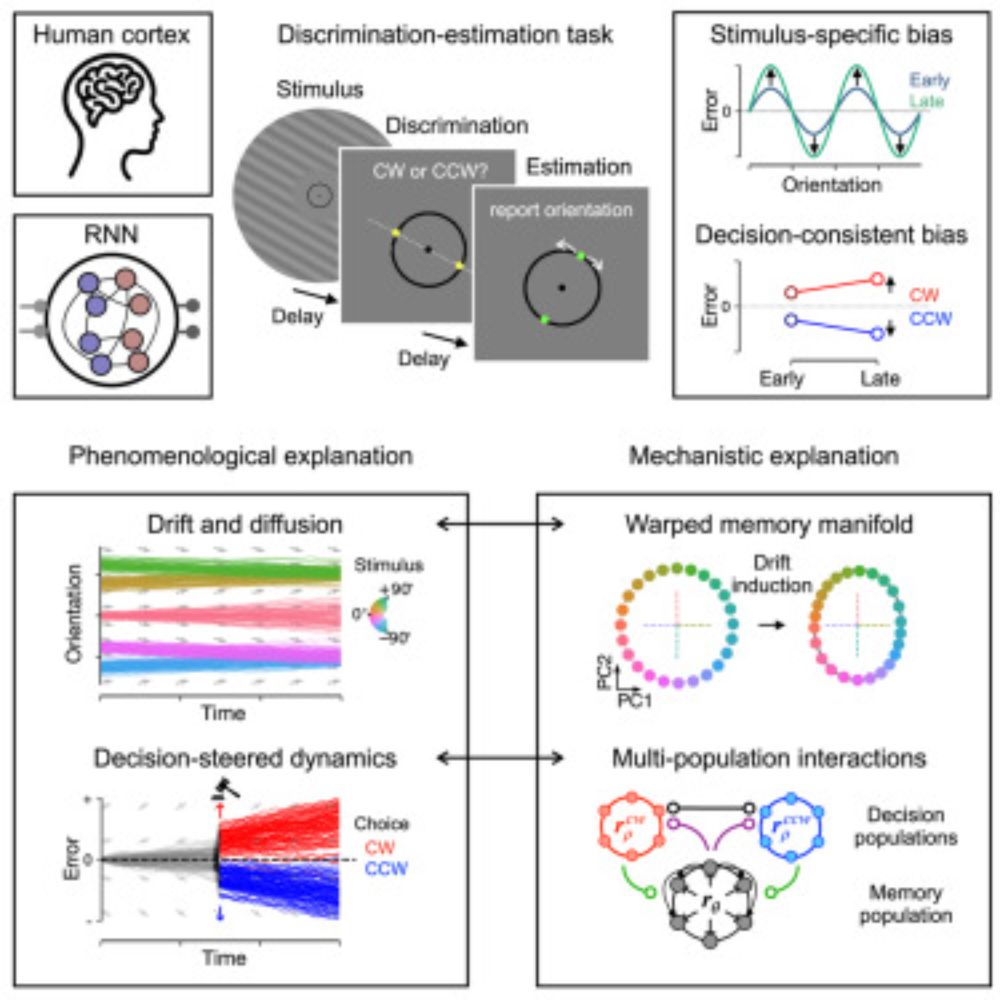Hyunwoo Gu
@hyunwoogu.bsky.social
79 followers
180 following
13 posts
Ph.D. student at Stanford. Interested in how the brain makes sense of the world.
Posts
Media
Videos
Starter Packs
Pinned
Hyunwoo Gu
@hyunwoogu.bsky.social
· Jul 29

Attractor dynamics of working memory explain a concurrent evolution of stimulus-specific and decision-consistent biases in visual estimation
People exhibit biases when perceiving features of the world, shaped by both external
stimuli and prior decisions. By tracking behavioral, neural, and mechanistic markers
of stimulus- and decision-rela...
dlvr.it
Hyunwoo Gu
@hyunwoogu.bsky.social
· Jul 29
Hyunwoo Gu
@hyunwoogu.bsky.social
· Jul 29
Hyunwoo Gu
@hyunwoogu.bsky.social
· Jul 29
Hyunwoo Gu
@hyunwoogu.bsky.social
· Jul 29
Hyunwoo Gu
@hyunwoogu.bsky.social
· Jul 29
Hyunwoo Gu
@hyunwoogu.bsky.social
· Jul 29
Hyunwoo Gu
@hyunwoogu.bsky.social
· Jul 29
Hyunwoo Gu
@hyunwoogu.bsky.social
· Jul 29

Attractor dynamics of working memory explain a concurrent evolution of stimulus-specific and decision-consistent biases in visual estimation
People exhibit biases when perceiving features of the world, shaped by both external
stimuli and prior decisions. By tracking behavioral, neural, and mechanistic markers
of stimulus- and decision-rela...
dlvr.it




